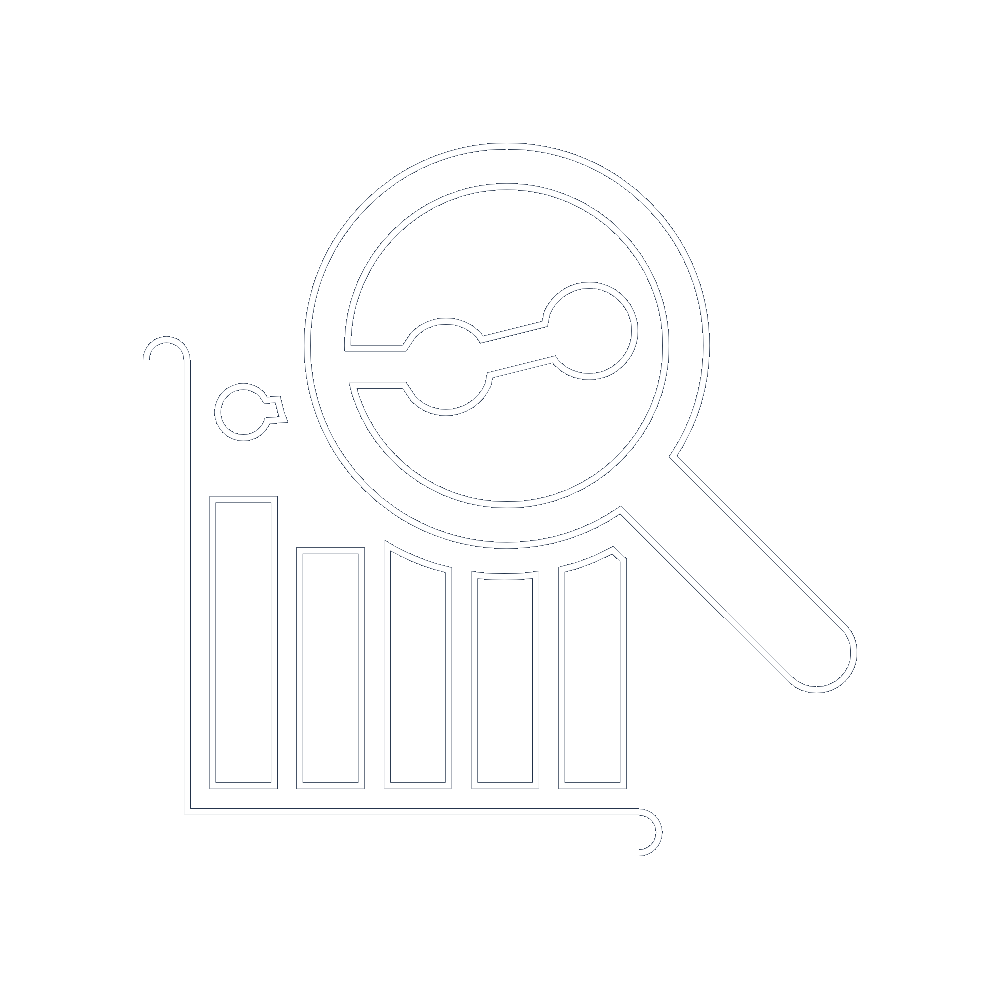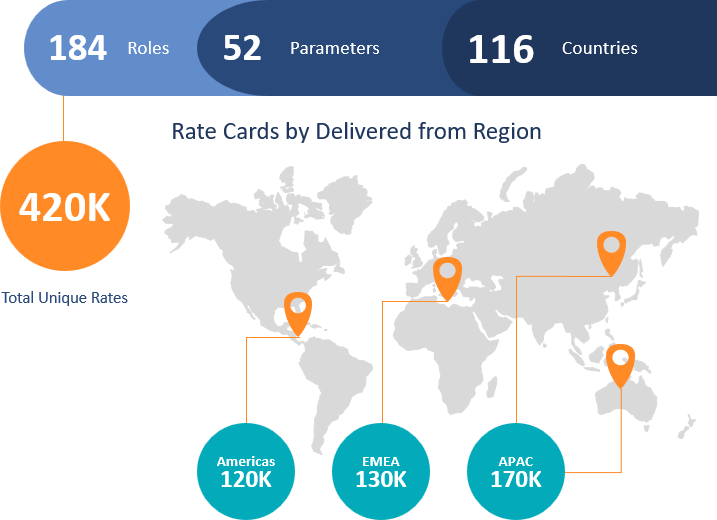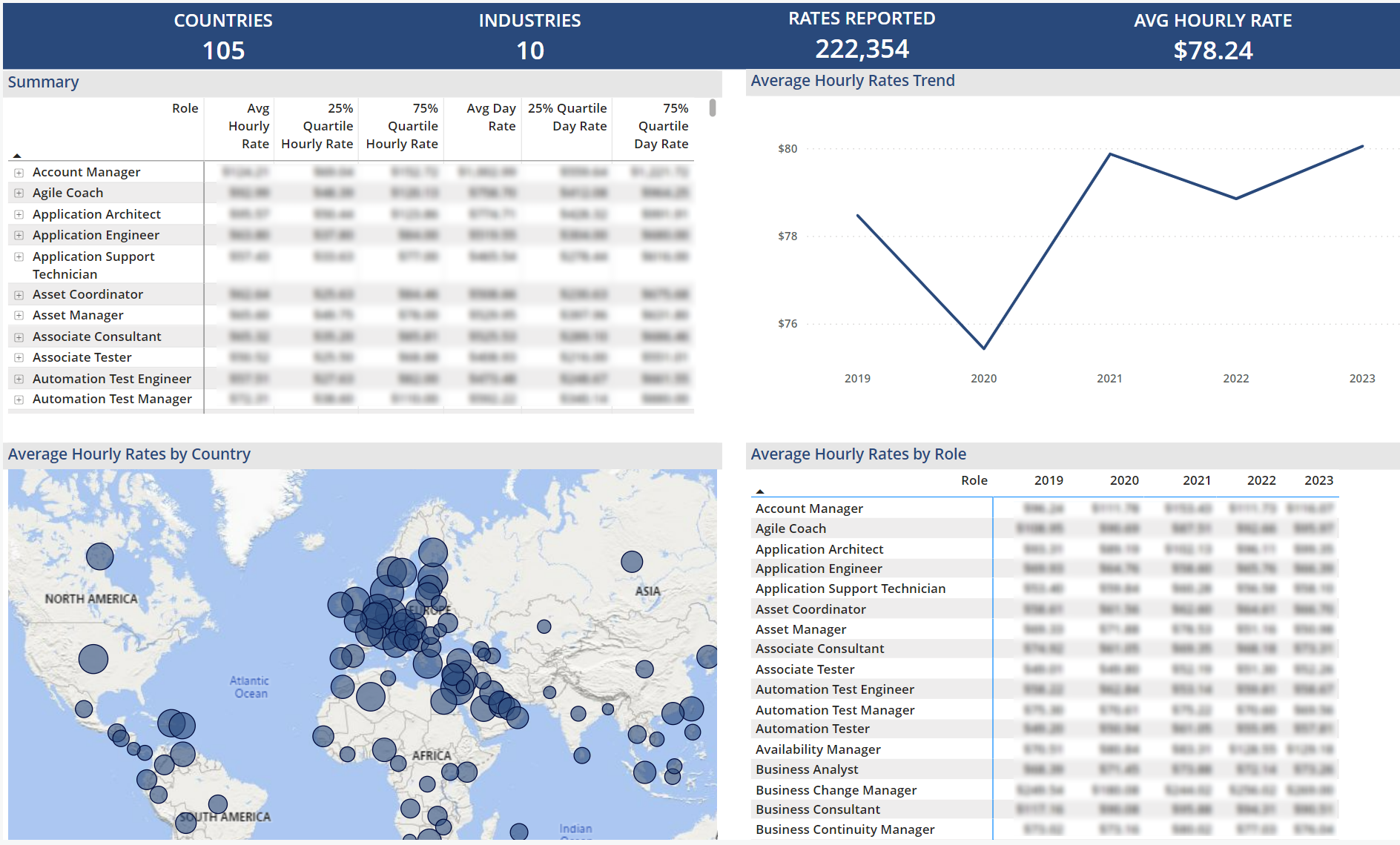5 Ways to Optimize Application Sourcing Costs in an AI-Enabled Market
Application sourcing —software, support, labor and managed services — presents a prime opportunity to reduce spend and improve value realization.




ISG's Rate Card Database sets the industry standard for accuracy and reliability. Our proven methodology, honed over decades of benchmarking experience, allows us to establish baseline profiles and compare your organization's performance with current market data.

Service Areas
Key Parameters
Service Areas
Key Parameters
Industry Groups

ISG is a leader in proprietary research, advisory consulting and executive event services focused on market trends and disruptive technologies.
Get the insight and guidance you need to accelerate growth and create more value.
Learn MoreIn the current business landscape, enterprises continue to face disruptions such as tariffs, wars, political unrest and climate shocks. Hence, it has become mandatory for supply chain leaders to look beyond temporary fixes and pursue larger transformations to gain a competitive advantage. A siloed or process specific uplift provides short-term relief, but building future-ready, connected, intelligent and sustainable supply chains requires a comprehensive revamp, driven by technologies such as AI, analytics, supplier relationship management (SRM) and automation. This year’s assessment highlights a major shift in chief supplier officers’ approach, focusing more on enhancing process optimization and operational efficiency than merely targeting cost savings to stay ahead of the competition.
Autonomous commerce is no longer a distant prospect; it is actively transforming procurement systems, digital marketplaces and B2B revenue platforms today. Intelligent systems can now interpret buying intent, evaluate margin risk and negotiate terms with increasing sophistication. Yet, according to ISG’s State of Agentic AI Market Report, only 25% of artificial intelligence (AI) solutions operate fully autonomously, while 45% still rely on human oversight. This cautious pace highlights a critical leadership challenge: organizations that delay adoption risk falling behind in efficiency and revenue growth, while premature or poorly governed autonomy threatens brand reputation and customer trust. ISG asserts that through 2027, providers will develop agentic AI capabilities to automate much of the revenue life cycle for renewal and expansion offers, improving the customer experience and resulting in increased lifetime value.
There is a shift underway in how enterprises structure their software stacks in relation to contact centers. Multiple factors have coalesced to reduce the importance of the traditional call handling infrastructure (i.e., the ACD) as the foundational element of the tech stack. It no longer has to be the focus of buying or deployment decisions. It’s been superseded by a more extensible (but complex) combination of voice and data network providers, Communication-Platform-as-a-Service (CPaaS) tools and cloud-based enterprise platforms. Contact centers also need systems to control the movement and use of customer data, and this is affecting buying decisions.
Over the past two years, I’ve led and operated as a practitioner in a sustained, feels-like-a-seven-day cadence to build what I believe is the most comprehensive enterprise software research foundation in the industry. Joining ISG after two decades of being a CEO and Chief Research Officer running a specialized research and advisory firm—Ventana Research—the new mandate was clear: expand software coverage more than 5x from 25 to 125+ categories and industrialize delivery through the ISG Buyers Guides, now accessible in concise, readable and listenable formats. That mission is complete: we’ve scaled operations across more than five consecutive quarters and expanded to a highly efficient global research engine that consistently delivers breadth, depth and enterprise-grade perspective.
The AWS ecosystem in the U.S. is undergoing a significant transformation, with service providers increasingly focusing on delivering advanced, value-driven cloud capabilities. This evolution is marked by substantial investments in emerging technologies, particularly generative AI (GenAI), agentic AI and data analytics, alongside continued emphasis on large-scale cloud migration, modernization and enterprise application support. Providers are developing highly specialized, often industryspecific solutions, and deepening their strategic alignment with AWS to deliver measurable business outcomes for their clients. The market is characterized by a strong drive towards innovation, operational efficiency and a refined approach to cloud adoption, moving beyond basic infrastructure provision to holistic, AIinfused digital transformations.

